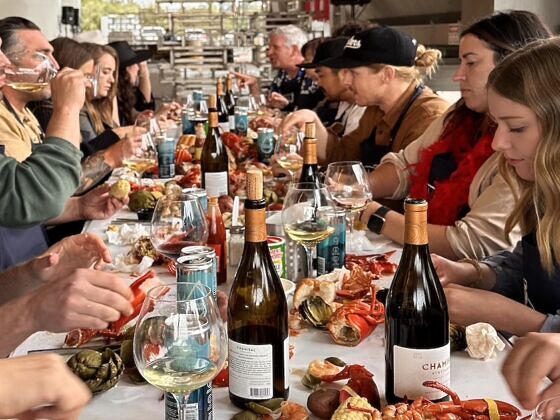If, like me a few months ago, your only concept of an American lobsterfest came from reading David Foster Wallace’s 2005 essay on the Maine Lobster Festival, you might have shown up to Chamisal Vineyards’ 15th annual Lobsterfest in San Luis Obispo, California, expecting a carnival of literal and touristic gluttony, as I did in May.
My first hint that Chamisal’s Lobsterfest would be unlike the “enormous, pungent, and extremely well-marketed” festival that Foster Wallace describes in “Consider the Lobster” should have been its location. Far from Maine, where lobster is practically the state bird, San Luis Obispo is a city in California’s Central Coast region that’s primarily known for four things: the 18th-century Spanish mission that anchors the downtown core; nearby beaches, such as Pismo and Avila; Cal Poly university and its pervasive student presence; and, more recently, wine.






